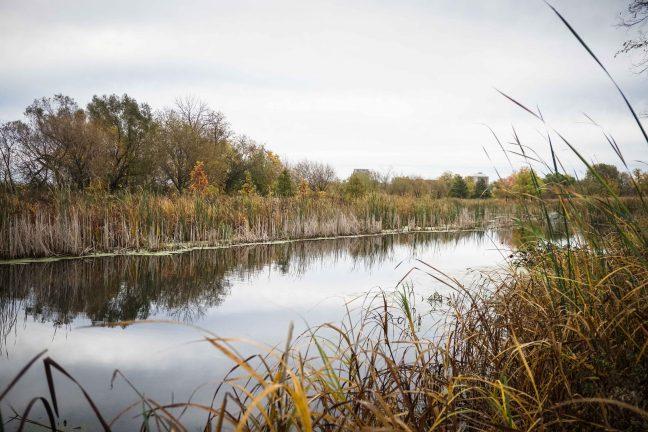A recent proposal by the City of Madison seeks to construct an affordable housing complex on the North Side of Madison, but there’s a catch — the destruction of natural wetlands.
The city determined that the site of the old Oscar Meyer plant would be ideal for a large affordable housing complex, but nearby residents are concerned with the destruction of the Hartmeyer Natural Area, a natural wetland incredibly close to the proposed development.
Residents have expressed concerns about the contamination of the wetlands that would surely occur if major construction projects were to occur nearby. These residents and supporters of protecting the wetlands claim that city officials ignore their environmental concerns.
But, various city leaders say that the site will be cleared and cleaned of contaminants before construction begins, following Wisconsin Department of Natural Resources requirements.
Wisconsin, Madison and Milwaukee, in particular, are facing affordable housing crises. Housing is too expensive for most, and this affordable apartment complex could bring 550 units to residents who previously could not afford to live in the city. However, the environmental consequences associated with this construction project certainly outweigh the benefits of new affordable units.
The construction of this apartment complex faces the chance of completely destroying the wetlands on the North Side of Madison, demolishing an ecosystem home to many different animals and plant life. In fact, wetland scientists identified that spotted salamanders and migratory birds living in the wetlands would be uniquely affected by this construction, with an increased risk of being killed or displaced.
Other than the negative effects on Wisconsin wildlife, the approval of the housing unit on and around an insecure wetland has the chance to further inequalities for those who cannot afford non-affordable housing.
Instead of non-affordable apartment complex locations in the city center atop stable environments, the affordable housing complex is pushed to the north on an unstable, wild piece of land. Communities and individuals who need affordable housing to survive could feel as though the city is pushing them out, or that they are less safe and stable than those who live in non-affordable complexes.
Though the proposal for this affordable housing complex has good intentions, it is not worth the environmental and human consequences. There are certainly other locations in the Madison area that are not environmental hotspots for an affordable housing complex to be built.
If the city can find space to build another expensive student apartment complex like the new Oliv apartment complex on Gorham Street or a parking lot on Dayton Street, they can certainly find space to build a much-needed affordable housing complex without destroying an entire ecosystem.
The potential for affordable housing is just not worth the price, both environmentally and socially, that the construction project could have on the surrounding community. Madison city officials should listen to their residents and rethink this affordable housing development for the sake of the Hartmeyer Natural Area and the creatures and people that reside nearby.
Emily Otten (elotten@wisc.edu) is a junior majoring in journalism.


